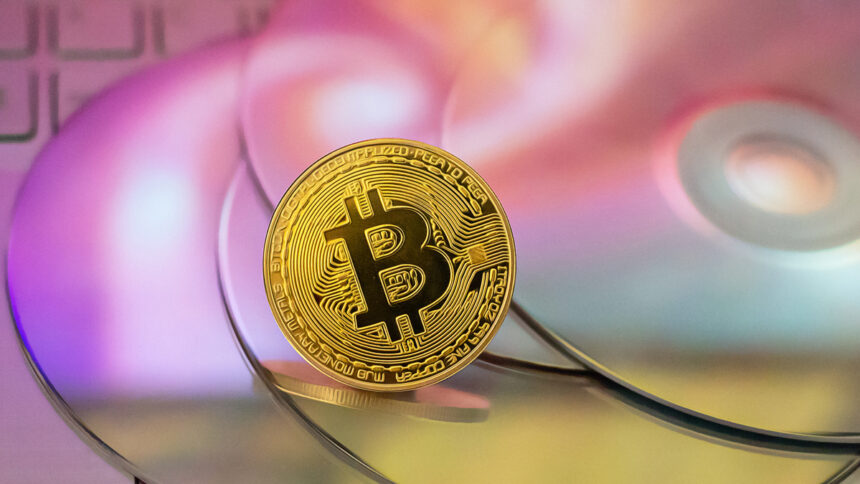Experts argue that while a Bitcoin-friendly U.S. administration may have contributed, the main driver behind Bitcoin‘s recent price surge is the supply shock caused by the halving event.

The recent price increase of Bitcoin is not primarily attributed to Donald Trump‘s election victory in the United States.
This increase was attributed to a Bitcoin-friendly administration, as per Jesse Myers, co-founder of Onramp Bitcoin. Nevertheless, the supply disruption that transpired subsequent to the halving event is the primary factor.
Supply Limitation and Halving
In April, the Bitcoin block incentives were reduced from 6.25 BTC to 3.125 BTC as a result of the halving. This development increased the difficulty of locating each new block, resulting in a decrease in rewards.
Jesse Myers underscores that this led to a supply disruption, which resulted in an insufficient supply to satisfy the demand. He is of the opinion that the sole method of reestablishing this equilibrium is through an increase in price.
According to Myers, “This supply and demand equilibrium can only be maintained through price increases.” This increase has the potential to develop into a frenzy and mania, but this is the nature of the market.
Market Dynamics and Supply Shock
James Check, an on-chain analyst, compares the market value of Bitcoin to that of gold, observing that Bitcoin is both scarce and enduring.
He anticipates that this will have a beneficial impact on the price. Anthony Scaramucci, a prominent financial figure, also asserts that Bitcoin is still in its infancy and that institutional interest will continue to increase.
According to experts, approximately 94% of the Bitcoins in circulation are either actively used or lost, while approximately 1.2 million BTC are still available for mining.
Nevertheless, the demand is subject to upward pressure due to the restricted current supply. It is also anticipated that the forthcoming halving event will result in a comparable price increase.
